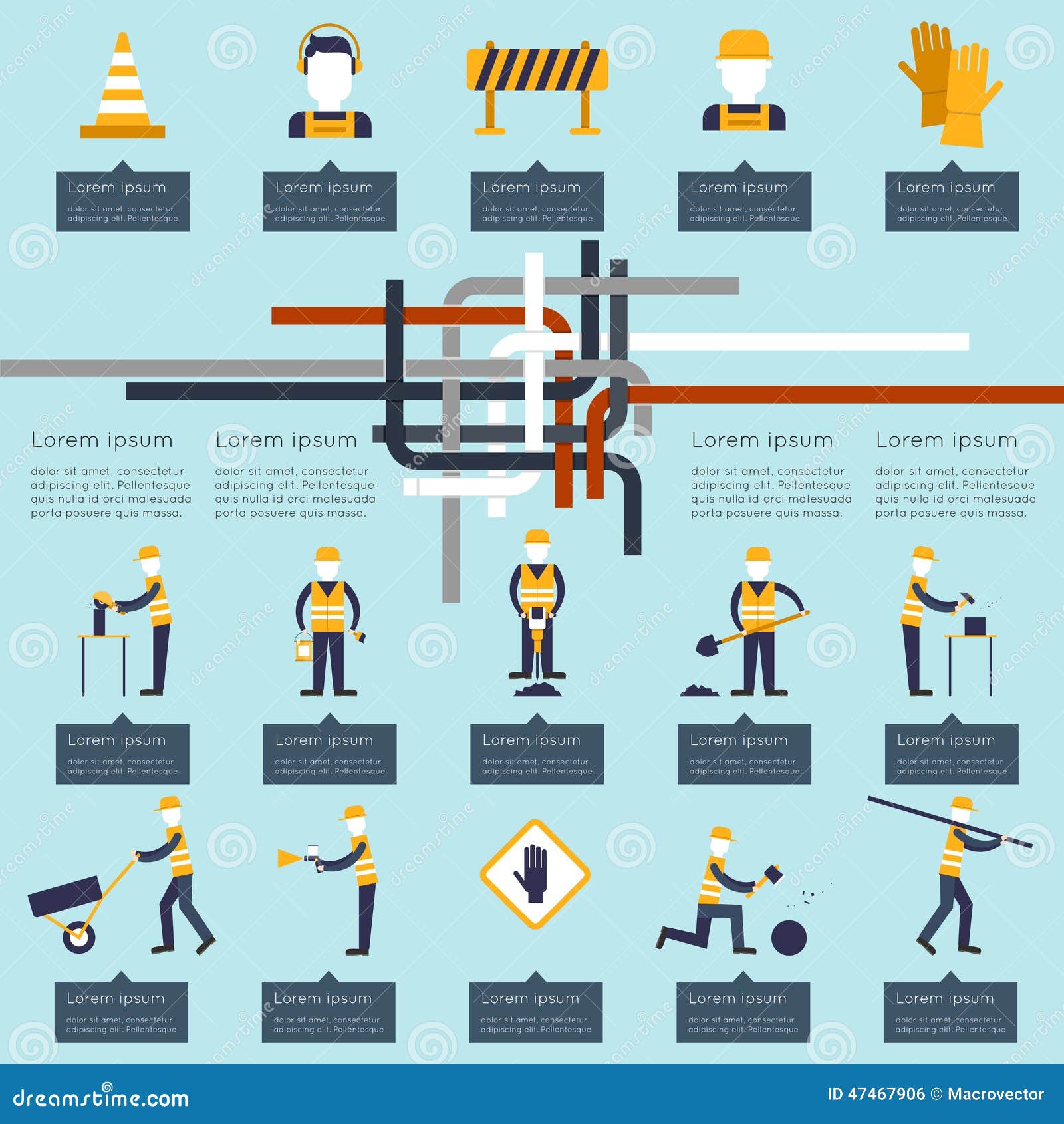Weather Condition'S Effect On Business Exterior Painting: Important Knowledge For Success
Weather Condition'S Effect On Business Exterior Painting: Important Knowledge For Success
Blog Article
Web Content Writer-Vilstrup Monaghan
When you're intending a commercial exterior paint job, do not undervalue the influence of weather on your results. You need to consider factors like temperature level, moisture, and precipitation, as they can make or damage your paint work. As an example, did you recognize that excellent problems ask for particular temperature level ranges and moisture degrees? Falling short to keep an eye on these elements can result in uneven coatings and even damage to fresh paint. Recognizing these elements is essential to accomplishing a resilient, expert result. So, what certain climate condition should you watch out for?
Temperature Considerations
When it concerns business exterior paint, temperature level plays an essential function in the result of your job. If you're painting in severe warm, the paint can dry out as well rapidly, causing concerns like bad bond and unequal coatings. You want to aim for temperatures between 50 ° F and 85 ° F for the best results. Below 50 ° F, paint might not heal effectively, while over 85 ° F, you take the chance of blistering and fracturing.
Timing your task with the appropriate temperature levels is essential. Begin your job early in the morning or later on in the afternoon when it's cooler, particularly during warm months.
Additionally, take into consideration the surface area temperature level; it can be substantially higher than the air temperature, especially on sunny days. Utilize a surface area thermostat to examine this prior to you begin.
If temperatures are unforeseeable, watch on the weather prediction. Unexpected temperature level declines or warm front can derail your plans. You don't want to begin repainting only to have the conditions change mid-project.
Moisture Degrees
Humidity levels significantly affect the success of your industrial external paint project. When https://www.homesandgardens.com/news/paint-trends-206929 is too high, it can impede paint drying out and healing, bring about a series of problems like inadequate adhesion and finish high quality.
If you're intending a work during moist conditions, you could locate that the paint takes longer to completely dry, which can prolong your task timeline and rise expenses.
Conversely, reduced humidity can additionally posture challenges. Paint might dry out also rapidly, preventing proper application and causing an unequal coating.
You'll wish to monitor the moisture levels closely to guarantee you're functioning within the perfect variety, commonly in between 40% and 70%.
To obtain the most effective results, think about using a hygrometer to measure moisture before starting your project.
If you find the degrees are outside the optimal variety, you might need to readjust your routine or choose paints created for variable conditions.
Always seek advice from the maker's guidelines for details recommendations on moisture resistance.
Precipitation Impact
Rainfall or snow can considerably interrupt your commercial external paint plans. When rainfall occurs, it can wash away fresh used paint or develop an uneven surface. Preferably, you want to choose days with dry climate to guarantee the paint sticks effectively and remedies successfully. If you're captured in a shower, it's finest to stop the job and wait on conditions to enhance.
Furthermore, snow can be much more detrimental. Not just does it develop a wet surface area, yet it can likewise decrease temperature levels, making it tough for paint to completely dry. just click the next post can lead to concerns like peeling or blistering down the line.
It's crucial to inspect the weather forecast prior to beginning your job. If rainfall or snow is predicted, consider rescheduling.
Always keep in mind to allow sufficient drying out time between layers, especially if the climate continues to be uncertain.
Final thought
To conclude, watching on the climate is important for an effective industrial external painting project. By checking temperature level, humidity, and precipitation, you can make certain the most effective conditions for application and curing. Keep in mind to intend your job around desirable weather condition and constantly adhere to manufacturer guidelines. With the right technique, you'll attain a durable, beautiful coating that can hold up against the aspects. Don't let the climate capture you unsuspecting-- remain notified and paint smart!
